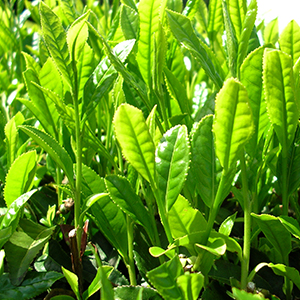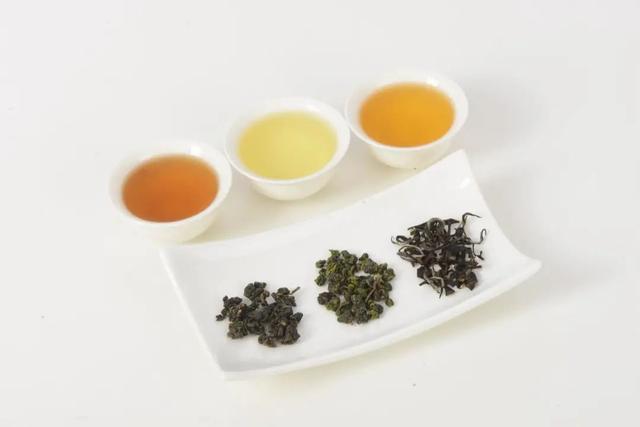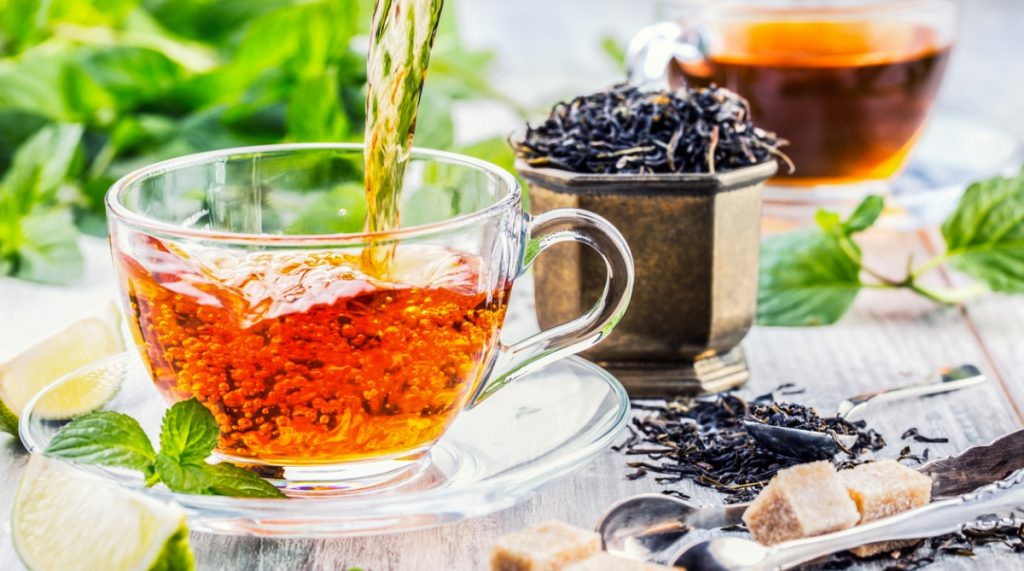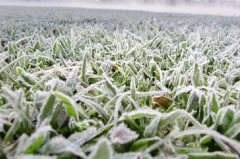According to the degree of fermentation, tea is divided into fermented tea, green tea, black tea and Pu'er tea.
Many kinds of tea come from the same plant-camellia. Different kinds of tea are the result of different tea-making processes.

The degree of tea fermentation is one of the key steps in the process of making tea. It refers to how many enzymes are allowed to oxidize tea before drying. The oxidation process can be prevented by baking or steaming before the leaves are completely dry. After fermentation, the originally dark green leaves turned reddish brown. The longer the fermentation time, the darker the color. Depending on the time of baking and the degree of fermentation, the aroma can be floral, fruity and malt.
One way to classify tea according to the degree of fermentation is:
Unfermented tea
Semi-fermented tea
Fully fermented tea
Post-fermented tea

During the fermentation process, the tea is placed in a spacious, cool, damp and dark room, where they are laid flat on a surface about 10 centimeters thick. The most common is to use aluminum or wood to avoid chemical reactions between tea juice and the surface. An ideal combination of low temperature about 15 degrees Celsius and high humidity about 90%. Fermentation can last from 45 minutes to several hours.
Non-fermented tea and light fermented tea
Unfermented tea includes white tea with an oxidized state of up to 10% and some green tea, which has not gone through the fermentation process or has passed a weak degree. Ancient tea masters noticed that preheated tea leaves did not ferment or oxidize. This is why these varieties of tea can maintain their natural colors and characteristics. Unfermented tea has long been regarded as a therapeutic drink surrounded by its own kind. Its therapeutic effect was discovered as early as the 19th century, when it was equipped with a large number of useful ingredients, which were almost completely preserved because it was not fermented.
Leaves are usually collected before 9 a. M., and then the raw materials are dried and sorted. Then heat-treat the tea to remove the bitterness and stop fermentation. Most green tea stops fermentation by baking, and a few green tea stops fermentation by steaming. In addition, as a rule, leaves are given some form; finally, the tea is dried, classified and ready to drink.
The tea retains a lot of its original taste. Green tea falls into this category. They are not actually fermented tea. White tea undergoes very slight fermentation during withering. Sometimes these unfermented and very lightly fermented teas have the scent of jasmine petals, giving the tea jasmine aroma.
Examples of unfermented tea and slightly fermented tea: green tea, jasmine green tea, yellow tea.
The color of these teas is yellowish green and has fresh natural aroma.
Semi-fermented tea
Tea fermented by 10% to 80% is called semi-fermented tea (moderate). Tea brewed with semi-fermented tea has a yellowish to brownish yellow color and rich aroma. These teas can be further divided into three categories according to the degree of fermentation:
Light (10%-20%): Jasmine tea (jasmine Puchong flavor), Puchong tea, Meishan Luzhou-fragrant oolong tea. These teas are rich in aroma, clear and golden in color.
Medium (20%-50%): most oolong tea, Dongding oolong tea, Tieguanyin. The brown color is light green brown, the taste is full and the aftertaste is sweet.
Heavy (50%-80%): Oriental Beauty Oolong Tea, Hsinchu Red Oolong Tea. These teas have red and orange colors and fruity aromas and flavors.

Fully fermented tea
As a result of fermentation, some insoluble substances in tea plant tissues become soluble and soluble substances. These substances give taste, smell and color to tea. The longer the fermentation process goes on, the stronger they become.
The fermentation time is related to the temperature. The higher the temperature, the faster the fermentation. But it is also dangerous that the temperature is too high and too low, and it takes much longer than usual to ferment at too low temperature. The optimum temperature is-+ 22-26 degrees. The process stops when the temperature is below + 15 degrees Celsius. When the temperature is higher than + 30 degrees, some of the soluble substances that give power to the tea will become insoluble substances, thus worsening the quality of the tea.
Black tea is completely fermented. The leaves of black tea are dark red with the sweet smell of maltose.
For example, Sun Moon Lake black tea, Yuchi black tea, Assam black tea.
Post-fermented tea
The tea that stops processing after fermentation and then ferments again is called post-fermented tea.
Example: pu'er tea. It has a very special aroma, color and taste depend on the degree of processing.
Important Notice :
前街咖啡 FrontStreet Coffee has moved to new addredd:
FrontStreet Coffee Address: 315,Donghua East Road,GuangZhou
Tel:020 38364473
- Prev

How to correctly pick tea in the process of Sri Lankan black tea manor-what is three leaves\ two leaves with one heart?
Picking tea is the most important process in making black tea, and you can't make good black tea if you do it casually. Therefore, there is a fixed tea picking time in the tea garden, late or unauthorized rest will not be able to pick a predetermined area or a predetermined quantity. The rule is the most important. I want to be on the side of tea pickers. The foreman always took a big umbrella and a sickle and looked at others from a higher place, using both hands.
- Next

Coffee market price information Coffee prices soar under the stimulation of extreme weather in Brazil
Extreme heat, devastating drought, severe frost. Today, extreme weather is causing nightmares for farmers around the world and higher living costs for people around the world. The price of Arabica coffee futures has nearly doubled in the past year. With Brazil's crop failure this year and the fact that it is still struggling with frost weather, coffee futures prices have even
Related
- Beginners will see the "Coffee pull flower" guide!
- What is the difference between ice blog purified milk and ordinary milk coffee?
- Why is the Philippines the largest producer of crops in Liberia?
- For coffee extraction, should the fine powder be retained?
- How does extracted espresso fill pressed powder? How much strength does it take to press the powder?
- How to make jasmine cold extract coffee? Is the jasmine + latte good?
- Will this little toy really make the coffee taste better? How does Lily Drip affect coffee extraction?
- Will the action of slapping the filter cup also affect coffee extraction?
- What's the difference between powder-to-water ratio and powder-to-liquid ratio?
- What is the Ethiopian local species? What does it have to do with Heirloom native species?

